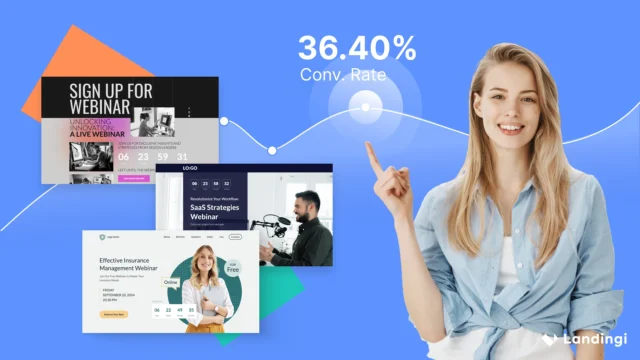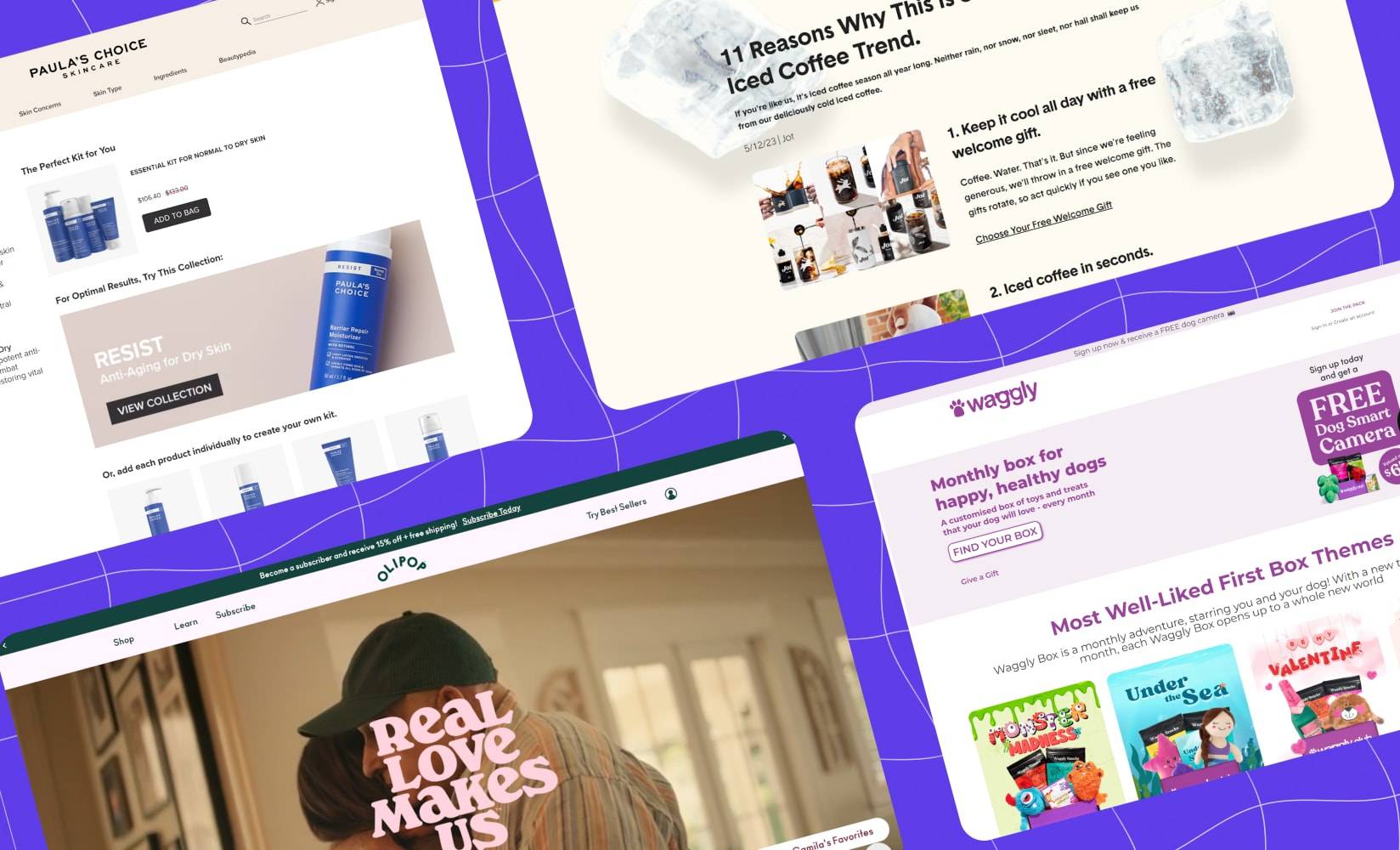When it comes to pay-per-click (PPC) advertising, the effectiveness of your campaign largely hinges on the quality of your landing page. A well-designed landing page can significantly increase conversion rates, turning clicks into leads or sales. In this blog, we’ll explore essential tips for creating a high-converting landing page that complements your PPC campaigns.

1. Keep It Simple and Focused
Define a Clear Purpose
Every landing page should have a single purpose, whether it’s capturing leads, promoting a product, or encouraging a sign-up. Avoid clutter and distractions by focusing on your primary objective. This clarity will guide visitors toward taking the desired action.
Use Minimalistic Design
A clean, uncluttered design helps maintain the visitor’s attention. Limit the number of elements on the page to essential components like the headline, call-to-action (CTA), and supporting visuals. This approach enhances user experience and reduces decision fatigue.
2. Craft Compelling Headlines
Grab Attention Immediately
Your headline is the first thing visitors will see, so make it compelling. Use clear, concise language that resonates with your target audience. Highlight the benefits of your offering and align the headline with the PPC ad copy to create a seamless experience.
Incorporate Keywords
Including relevant keywords in your headline can improve your landing page’s SEO and relevance. This alignment reinforces the connection between the ad and the landing page, helping to build trust with visitors.
3. Optimize Your Call-to-Action (CTA)
Make It Stand Out
Your CTA should be prominent and easily recognizable. Use contrasting colors to differentiate it from the rest of the page. The button text should be action-oriented, such as “Get Started,” “Sign Up Now,” or “Download Free eBook.”
Create a Sense of Urgency
Encourage immediate action by creating a sense of urgency. Phrases like “Limited Time Offer” or “Act Now” can motivate visitors to convert before they miss out.
4. Use Engaging Visuals
Incorporate High-Quality Images
Visuals play a significant role in attracting attention and conveying your message. Use high-quality images or videos relevant to your product or service to enhance user engagement. Visuals should complement your text and not distract from the primary purpose of the landing page.
Utilize Graphics and Infographics
Incorporate graphics or infographics to simplify complex information and make it more digestible. These elements can illustrate the benefits of your offering, helping visitors understand its value quickly.
5. Provide Social Proof
Showcase Testimonials and Reviews
Social proof can significantly influence conversion rates. Include testimonials, customer reviews, or case studies that highlight positive experiences with your product or service. This helps build credibility and reassures potential customers that they are making the right choice.
Display Trust Badges
Adding trust badges, such as security certifications or industry awards, can further enhance your credibility. These visual cues reassure visitors that their information is safe and that your business is legitimate.
6. Optimize for Mobile Devices
Ensure Responsive Design
With an increasing number of users accessing websites from mobile devices, it’s crucial to ensure your landing page is mobile-friendly. Use a responsive design that adjusts seamlessly to different screen sizes. This will provide an optimal experience for all users, regardless of the device they’re using.
Test Loading Speed
A slow-loading landing page can lead to high bounce rates. Use tools like Google PageSpeed Insights to analyze and improve your page’s loading speed. Optimize images and eliminate unnecessary scripts to enhance performance.
7. Include a Lead Capture Form
Keep It Simple
If your goal is to capture leads, ensure your form is easy to complete. Limit the number of fields to only what is necessary, such as name and email address. The simpler the form, the more likely visitors are to fill it out.
Offer Incentives
Encourage users to submit their information by offering incentives, such as a discount, free trial, or exclusive content. Clearly communicate the value they will receive in return for sharing their details.
8. Conduct A/B Testing
Test Different Elements
A/B testing is essential for optimizing your landing page. Test different headlines, images, CTAs, and layouts to determine what resonates best with your audience. Small changes can lead to significant improvements in conversion rates.
Analyze Results
Use analytics tools to track the performance of your landing page variations. Monitor metrics such as click-through rates, conversion rates, and bounce rates to evaluate the effectiveness of each version. Use these insights to make informed decisions for future campaigns.
9. Monitor and Iterate
Track Performance
Once your landing page is live, continuously monitor its performance. Use tools like Google Analytics to gain insights into user behavior, traffic sources, and conversion rates. This data can help you identify areas for improvement.
Make Regular Updates
SEO and user preferences evolve, so it’s essential to keep your landing page updated. Regularly review and refresh your content, visuals, and offers to ensure they remain relevant and appealing to your target audience.
Conclusion
Designing a high-converting landing page for your PPC campaigns is crucial for maximizing your advertising efforts and driving results. By keeping the design simple, crafting compelling headlines, optimizing CTAs, and leveraging social proof, you can create an effective landing page that resonates with your audience. Remember to continuously test and iterate based on performance data to refine your approach. With these tips in mind, you’ll be well on your way to boosting conversions and achieving your marketing goals!


No responses yet